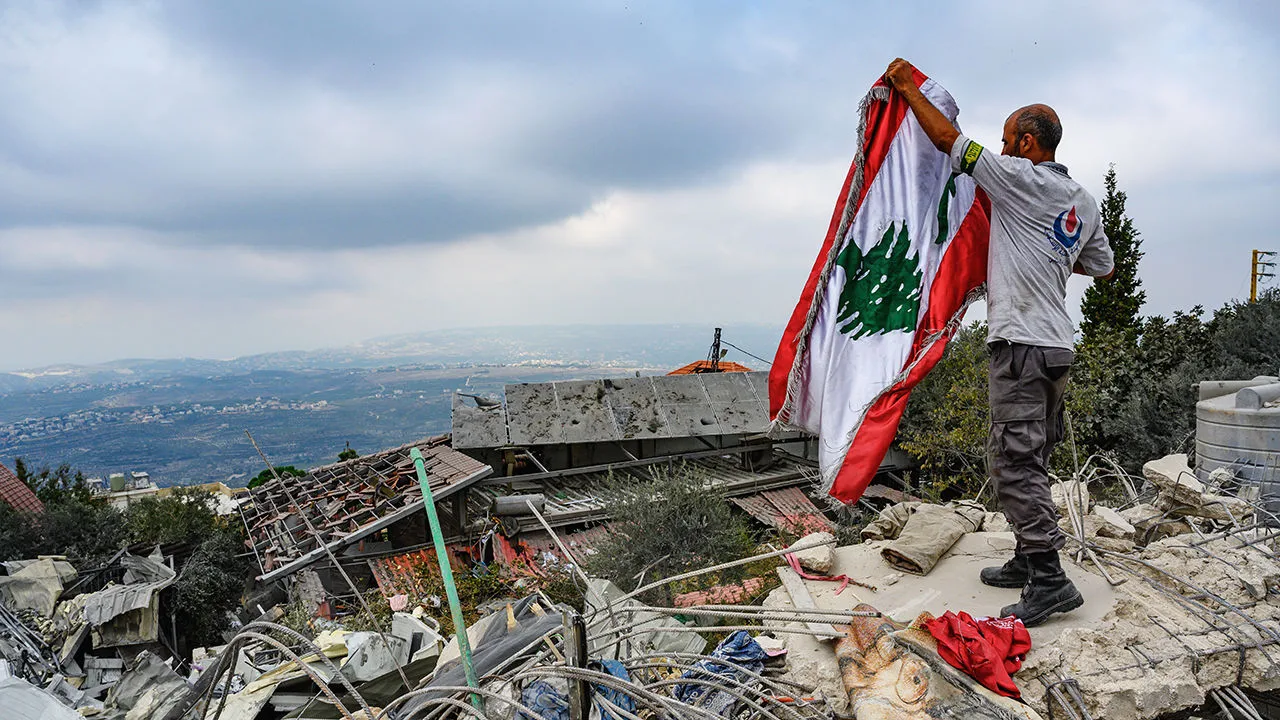A ceasefire between Israel and Hezbollah has come into effect, ending over a year of hostilities that devastated southern Lebanon and northern Israel. Iran welcomed the truce, reaffirming its support for Lebanon and highlighting international pressure on Israel regarding Gaza. The agreement includes the withdrawal of Israeli forces, deployment of Lebanese troops, and a UN monitoring role, raising hopes for lasting peace in a region scarred by conflict and displacement.
Iran’s Position and Diplomatic Efforts
Iranian Foreign Ministry spokesman Esmaeil Baghaei welcomed the ceasefire agreement, reiterating Tehran’s firm support for the Lebanese government, its people, and the resistance movement. Baghaei emphasized Iran’s consistent call for an end to Israeli operations in Gaza and Lebanon, stating that extensive diplomatic efforts over the past 14 months contributed to the truce.
He highlighted the humanitarian toll, mentioning that over 60,000 civilians had lost their lives, and more than 3.5 million were displaced in Gaza and Lebanon. Baghaei also underscored the importance of international legal bodies, referencing the International Court of Justice’s interim rulings and the International Criminal Court’s arrest warrants related to war crimes. He urged the global community to hold Israeli leaders accountable and to promote peace in West Asia.
Details of the Ceasefire Agreement
The ceasefire, effective at 4 a.m. local time in Lebanon, aims to end hostilities in southern Lebanon and northern Israel. Under the agreement, Israeli forces will withdraw from southern Lebanon within 60 days, allowing the Lebanese Army and state security forces to assume control of the region. The United Nations Interim Force in Lebanon (UNIFIL) will also monitor the situation to ensure adherence to the truce.
U.S. President Joe Biden emphasized that the deal includes essential security measures for both nations. Lebanese Foreign Minister Abdallah Bou Habib confirmed the deployment of at least 5,000 troops to the south, reinforcing Lebanon’s commitment to maintaining stability. Lebanese Prime Minister Najib Mikati called on the international community to facilitate the ceasefire’s implementation and halt further Israeli operations.
Meanwhile, Israeli Prime Minister Benjamin Netanyahu expressed conditional support for the agreement, stating that the truce’s duration depends on Hezbollah’s compliance. He warned of strong military responses to any violations, while also highlighting Israel’s intent to shift focus to Gaza and what he referred to as the “Iranian threat.”
Regional Reactions and Challenges
The ceasefire announcement drew mixed reactions. Hezbollah emphasized that the truce must ensure Lebanon’s sovereignty and prevent future Israeli aggression. Israeli officials expressed varying levels of dissatisfaction. Far-right Minister Itamar Ben-Gvir criticized the agreement, arguing it fails to secure northern Israel adequately. Opposition leader Yair Lapid accused Netanyahu’s government of being “dragged” into the ceasefire, citing significant damage to northern communities and exhaustion among Israeli forces.
Despite the ceasefire, violence continued in some areas. Israeli airstrikes intensified in Beirut and other regions, prompting the largest evacuation warning yet for civilians. Streams of displaced Lebanese began returning southward, despite Israeli military cautions.
Humanitarian Impact and Historical Context
The conflict, ongoing since October 2023, began after Palestinian groups launched the Al-Aqsa Flood operation. Israel’s subsequent military campaign in Gaza resulted in significant civilian casualties and infrastructure destruction. Lebanese authorities report over 3,760 deaths, with nearly 15,700 injured and more than a million displaced due to Israeli attacks.
Hezbollah entered the conflict to support Gaza, exacerbating tensions along the Israel-Lebanon border. Israel’s military objectives included neutralizing Hezbollah’s presence in southern Lebanon, but the ceasefire indicates a strategic recalibration without achieving those goals.
The truce’s success depends on both sides maintaining commitments and international actors facilitating stability. The region’s future hinges on diplomatic efforts, accountability for wartime actions, and the resilience of affected communities.


